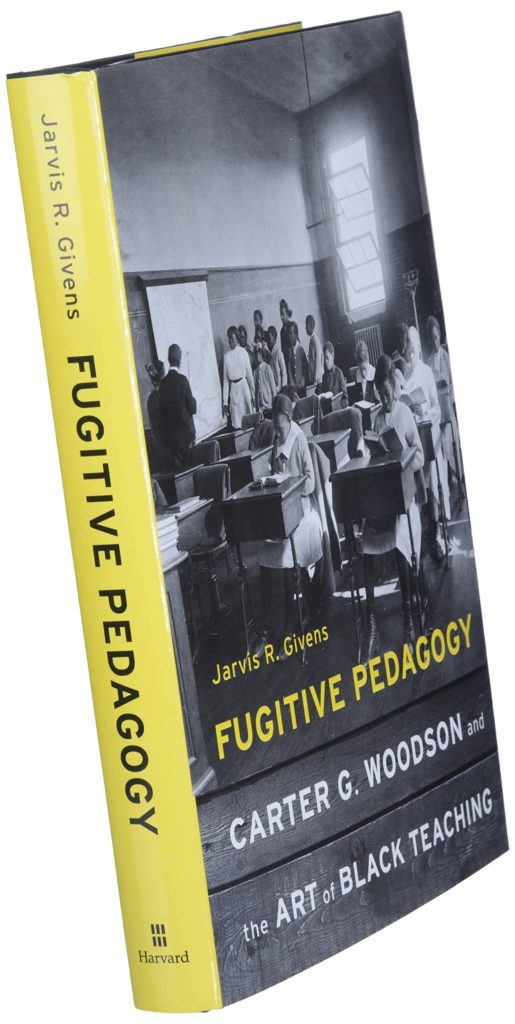SUMMARY: Black education has always been a powerful form of resistance and rebellion within an anti-Black society. Chapter 1 of Dr. Jarvis Givens’ book, Fugitive Pedagogy, tells of Dr. Woodson’s education serving as a foundation for resisting anti-Black education through learning from his uncles; Black men who entered freedom school after the Civil War, becoming certified teachers. As it was for Woodson and his uncles, education is a means for Black people to resist white supremacy today.
Contrary to the racist laden opinion that Black people don’t care about education, Black people actually care about education. The cultural disposition of a lack of care was placed upon Black people by whites who insisted that minorities were incapable of academic success and thus denied them the opportunity to succeed academically, and did not reward them adequately when they succeeded.
Resistance for Black children came in the form of resisting education in schools led by whites and taught by whites.
However, the origin story of Black education in the United States isn’t one of Black incapability but rather one of Black liberation. Reading and writing were literally the keys to freedom. Jarvis Givens, in chapter one of Fugitive Pedagogy, cites Frederick Douglass’s master who said that a slave who learned to read and write against the will of his master was tantamount to “running away with himself.”

Givens makes this point to say that to steal one’s self away meant that a literate enslaved person was a fugitive enslaved person. Stealing yourself away in this way was akin to literally running away. However, the fugitive slave laws on the books could never return an enslaved person to a liberated mind.
Anti-literacy laws, like an 1833 Alabama law, helped keep the literacy rate amongst the enslaved at 10%. Nonetheless, Black people, under the threat of violence, pursued their education in secret. Including John and James Riddle, who at the end of the Civil War entered Freedman schools and would teach their nephew who would become the father of Black history, Dr. Carter G. Woodson.
John and James knew the precariousness of receiving an education and teaching Black students, yet they pushed. Woodson recalled John being the first Black person in their county to secure a first-class teaching certificate.
Their pedagogy was shaped by, as Givens says, the classroom and the coffle. John and James stood before their nephew, having been sold with their mother away from their sister, Woodson’s mother. They were built different.
Both men understood what was at stake with respect to Black education. They knew the politics involved and the costs. Their pedagogy was shaped by the reality that while they had the opportunity to teach Black children, they were learning in a white supremacist society. Givens sums it up perfectly:
“They were situated between Black attempts to put their dreams of freedom into practice and the realities of white restrictions imposed on their attempts to know the world and themselves otherwise.”
Woodson’s education was shaped by this pedagogy and by the stories of his uncles and his family; stories that served as the impetus for learning reading, writing and arithmetic. Woodson’s inherited “political orientation [of] schooling” shaped the educator he would become.
You don’t become the father of Black history without the fuel to father Black history. The fuel that powered Woodson’s scholarship is from the same source that powered Frederick Douglass and countless others to run away with themselves; a fuel that drove young Carter past the racism attempting to block him.
Chapter 1 of Givens’ text is a reminder to all educators to instill within Black children the fuel, sourced from those who came before, to drive past the racism that stands in their path. It’s also a reminder to educators to consume that fuel as well.

